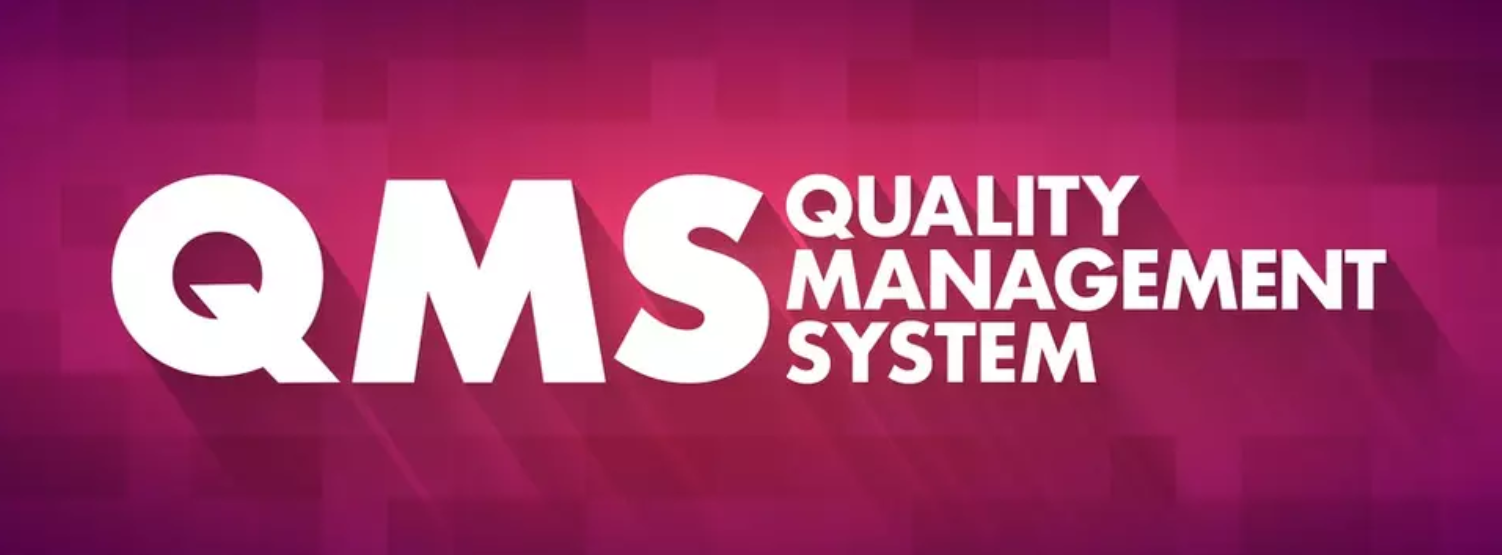What are “Implementation Guidelines” in the Revised QMS Ministerial Ordinance?
On March 26, 2021, the Ministry of Health, Labour and Welfare (MHLW) promulgated the “Ministerial Ordinance Partially Revising the Ministerial Ordinance on Standards for Manufacturing Control and Quality Control of Medical Devices and In Vitro Diagnostic Drugs” (MHLW Ordinance No. 60 of 2021). (Ordinance of the Ministry of Health, Labour and Welfare No. 60 of 2021)” was promulgated.
The transitional measure period is three years, and the new QMS Ministerial Ordinance must be complied with by March 26, 2024 (the date on which three years have elapsed since the date of enforcement of the revised Ministerial Ordinance).
The term “implementation guidelines” appears frequently in the revised QMS.
So what exactly is an “implementation guideline”?
The purpose is to ensure better execution of the relevant work by establishing “implementation guidelines” in place of the previous “agreements” and “written agreements.
As an example, Article 5 (Requirements for Quality Management Supervision System), Section 2 of the QMS Ministerial Ordinance has the following requirements
Manufacturers and distributors shall establish, implement, and maintain all requirements, procedures, activities, and implementation guidelines required to be documented by this Ministerial Ordinance.
Article 5 (Requirements for Quality Management Supervision System) of the Article-by-Article Explanation (NHI Pharmaceuticals Law No. 0326-10) provides the following commentary on the above.
(4) The “implementation guidelines” in Paragraph 2 refers to the document that defines the matters required for the operation of the quality management and supervision system (Note: refers to QMS), such as special arrangements and agreements required by requirements and procedures, in addition to the quality management and supervision system standards (Note: refers to quality manual) and its procedure manuals. The QMS shall be a document that defines the matters required for operation in addition to the Quality Management Supervision System Standard (Note: refers to the Quality Manual) and its procedures.
This means that a procedure manual is needed, not just a procedure manual.
For example, it is difficult to conduct proper manufacturing and inspection using only procedure manuals. This is why it became necessary to create a procedure manual that is more detailed than the procedure manual.
This is especially important when outsourcing. An “arrangement” or “agreement” is not enough to ensure that the required work will be done properly.
The following items are required by the revised GMP Ministerial Ordinance to be prepared in the “Implementation Guideline”.
- Implementation guidelines for the control of contaminated products, etc. (Article 25-2.1, ISO 13485:2016 6.4.2)
- Implementation guidelines for exchange of information, etc. (Article 29.1, ISO 13485:2016 7.2.3)
- Practice Statement for Design Development Verification (Article 33.1, ISO 13485:2016 7.3.5)
- Implementation guidelines for design development verification (Article 34.1, ISO 13485:2016 7.3.6)
- Implementation guidelines for design and development validation (Article 35.1, ISO 13485:2016 7.3.7)
- Code of practice for product monitoring and measurement (Article 58.2, ISO 13485:2016 8.2.6)
In the future, it is highly desirable to prepare detailed “implementation guidelines” in place of the previous “agreements” and “written agreements.
related product
[blogcard url=”https://ecompliance.co.jp/SHOP/QMS-MHLW-00.html” title=”【2021年度改正QMS省令対応】QMSひな形一式” content=”すでに現行QMS省令に準拠したQMSを構築されているが改正対応が必要な企業、これから医療機器に参入する企業にオススメのひな形セットです。”]]]>


Comment